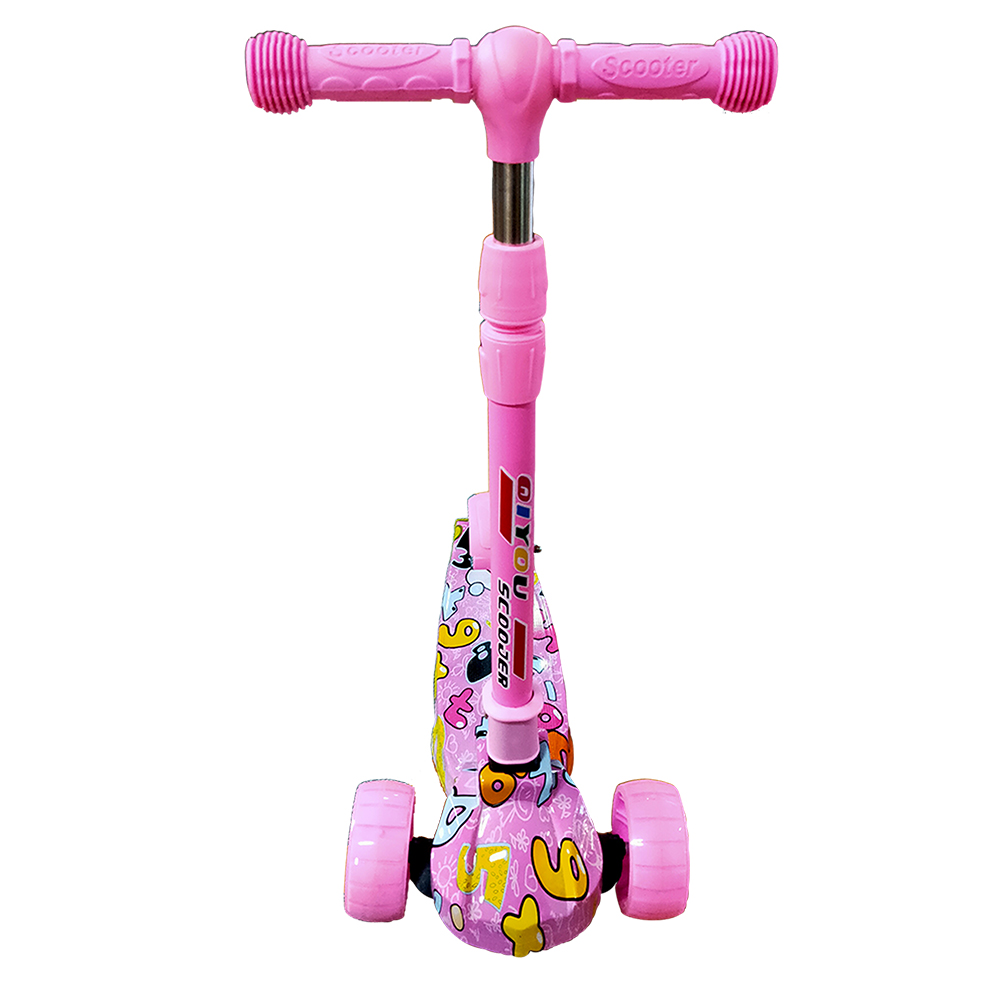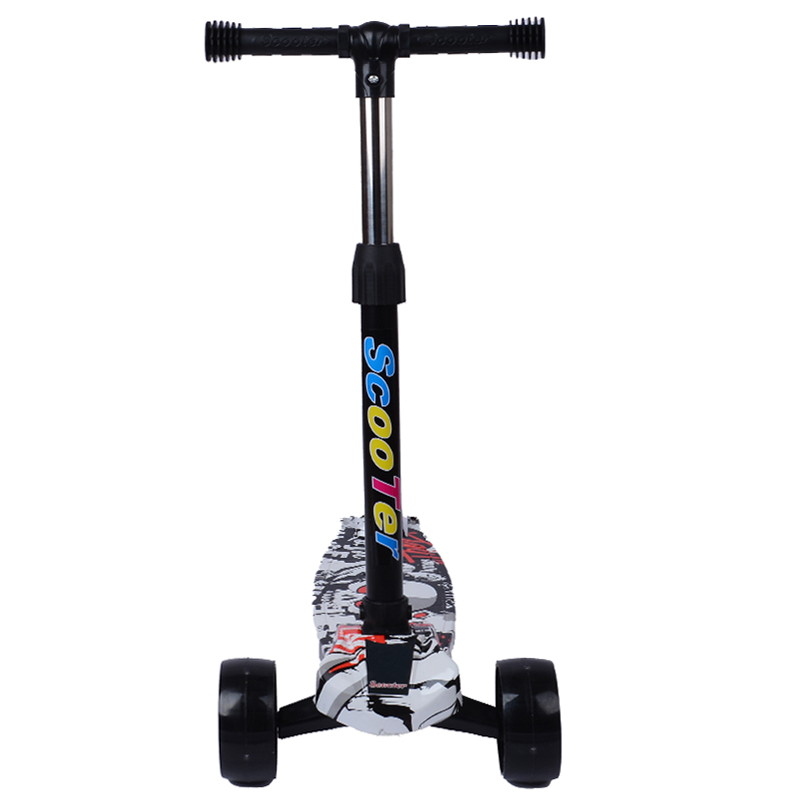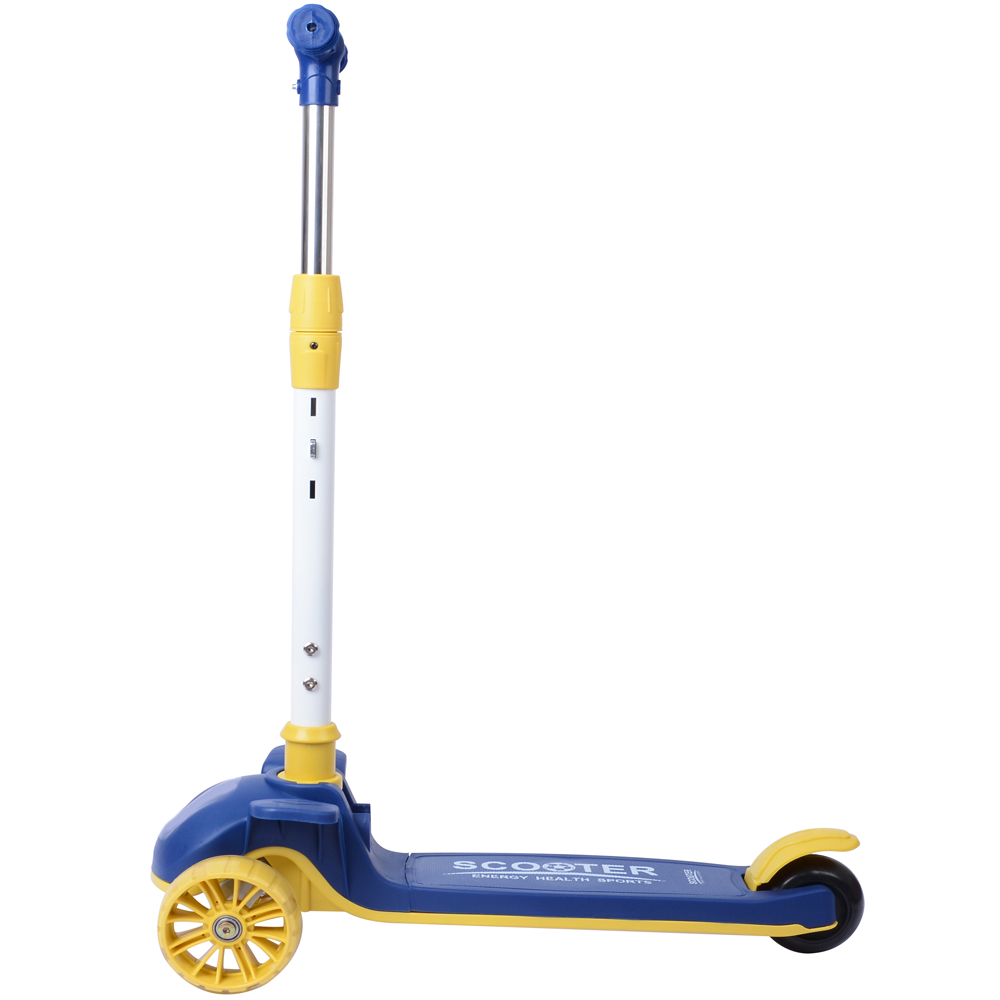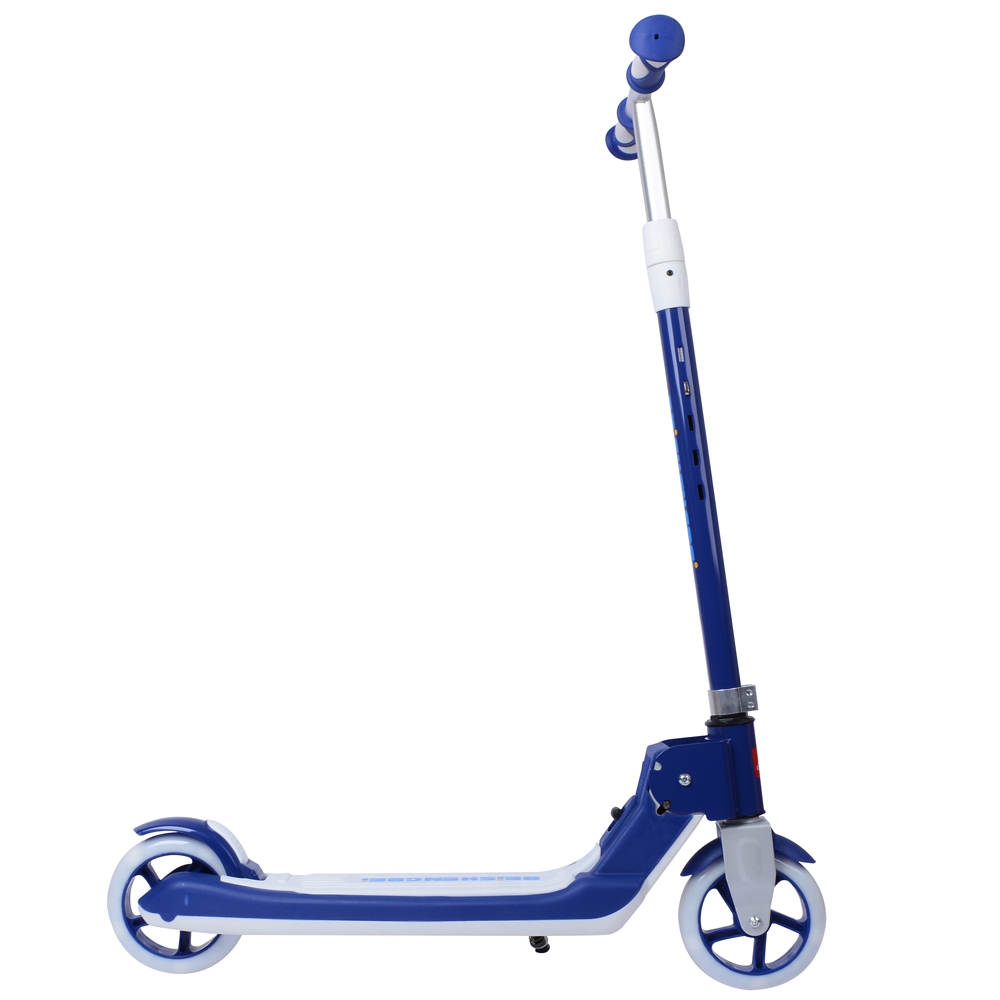The Charm of 1950s Kids and Their Scooters
The 1950s stand out as a vibrant decade in American history, marked by significant cultural shifts, technological advancements, and a youthful spirit that permeated the nation. One of the enduring symbols of childhood during this era was the scooter—a simple yet captivating device that provided countless hours of joy and adventure for kids across the country.
As the post-World War II era ushered in a period of optimism and prosperity, the streets of suburban neighborhoods became alive with the laughter and delighted shouts of children. The scooter, with its sleek design and bright colors, became a popular mode of transportation for young boys and girls. These lightweight vehicles, often made of aluminum or wood, were easy to maneuver and transported kids to a world of imagination and freedom.
The Charm of 1950s Kids and Their Scooters
Scooters were more than just a means of transportation; they were vehicles of creativity and self-expression. Children would often customize their rides with unique decals, colorful paint, or improvised accessories—creating personalized scooters that reflected their individuality. Whether it was attaching streamers to the handlebars or painting their favorite characters on the sides, these personal touches made each scooter not just a toy, but a cherished possession that held memories of countless adventures.
1950s kids peddle scooter

In addition to fostering creativity, scooters facilitated social interaction and camaraderie among kids. It was common for groups of friends to embark on spontaneous adventures, exploring their neighborhoods together on their trusty scooters. They would race each other to the local corner store, where a cold bottle of soda awaited them, or glide to the park, where the world of imagination transcended the limitations of reality. In many ways, scooters became a gateway to friendship, encouraging children to bond over shared experiences and the thrill of competition.
The popularity of scooters during the 1950s also mirrored the era's burgeoning consumer culture. As families settled into more comfortable lifestyles, toy manufacturers began producing a variety of scooters, appealing to the desires of young consumers. Bright advertisements in magazines and on television showcased these scooters as the must-have item for every child, fueling an industry that thrived on the innocence and exuberance of youth.
Interestingly, the scooter also served as a precursor to the many forms of wheeled entertainment that would follow. Skateboarding, rollerblading, and other forms of personal mobility would take inspiration from the simple joy that scooters provided. The freedom and exhilaration experienced while riding a scooter were foundational elements that would eventually influence the evolution of outdoor recreational activities for generations to come.
As we look back on the 1950s, it becomes clear that the scooter was not merely a toy but a significant part of the childhood experience. It encapsulated the spirit of an era, representing a time when kids spent their days exploring their neighborhoods, forging friendships, and creating lasting memories. Though the decades have passed, the charm of these humble scooters and the adventures they inspired remain a poignant reminder of the joy of childhood.
In conclusion, the 1950s witnessed the emergence of the scooter as an essential tool for adventure and friendship among kids. It was a decade characterized by innocence, community, and imaginative play, all of which were beautifully embodied in the simple act of riding a scooter. Today, as we reminisce about the past, we celebrate not only the scooters themselves but also the vibrant spirit of a generation that embraced freedom and fun in every push of the foot.
-

 Scoot&RideKids Child Kick Push Scooter 3 Wheels with LED Flashing Tilt Lean Boys Girls Scooter
Scoot&RideKids Child Kick Push Scooter 3 Wheels with LED Flashing Tilt Lean Boys Girls Scooter




- 4
$33.17 -

 Scoot&RideKids Scooter Child Kick Flashing LED Light Up 3 Wheel Push Adjustable Folding 3
Scoot&RideKids Scooter Child Kick Flashing LED Light Up 3 Wheel Push Adjustable Folding 3- 0
$25.52 -

 Scoot&RideKids Scooter Child Kick Flashing LED Light Up 3 Wheel Push Adjustable Folding 2
Scoot&RideKids Scooter Child Kick Flashing LED Light Up 3 Wheel Push Adjustable Folding 2- 0
$33.17 -

 Scoot&RideKids Scooter Teens Foldable Kick Push Scooter Adjustable Height Safe 2 Wheels
Scoot&RideKids Scooter Teens Foldable Kick Push Scooter Adjustable Height Safe 2 Wheels




- 4
$49.99
Meet our partners and discover what powers their creativity!
When you register for a Lohas scooter, you will receive a 10% discount on your first order and can be notified of sales, new product launches and other offers in advance.









